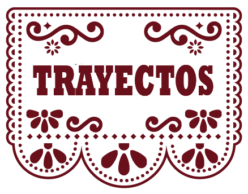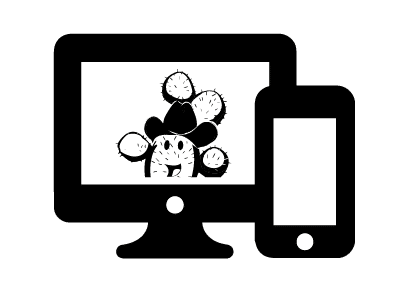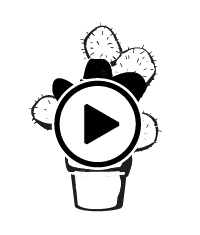 ¿De dónde son los estudiantes?
¿De dónde son los estudiantes?
Remember Carolina, the new student we met in Módulo 1? She is interviewing fellow students to ask where they are from. Mira el video. ¿De dónde son los estudiantes? ¿Hay estudiantes en tu clase de estos tres países?
Attribution: By Dylan Manshack and Carolina Cantú, licensed under CC BY-SA 4.0.
In the video, the students mention three different countries. Take a look at the table below to learn more about nationalities in Spanish. Keep in mind nationalities are descriptive adjectives, and, thus, they must agree in gender and number with the person that they describe.
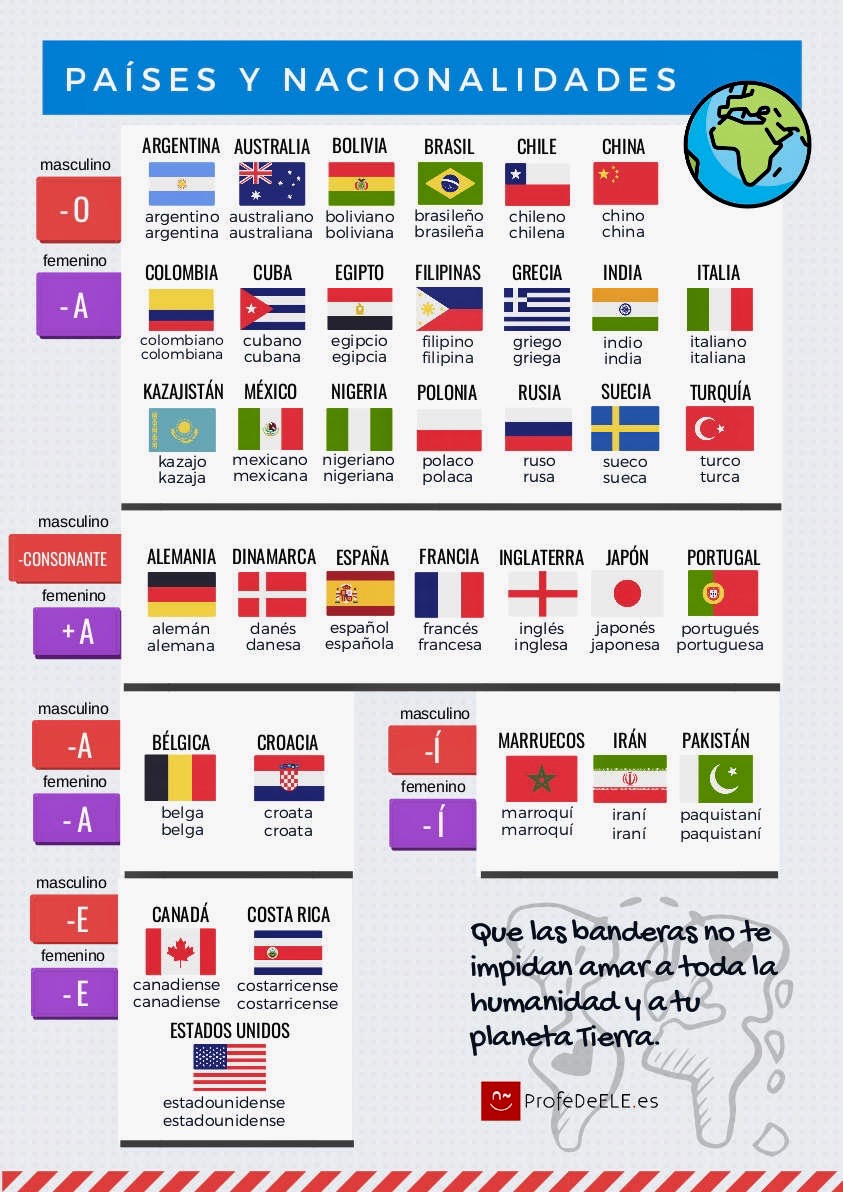
Ahora mira este video. You will find more comprehensive information on countries and nationalities, and how to use adjectives to describe them.
![]() Más sobre las nacionalidades
Más sobre las nacionalidades
Attribution=By Daniel Hernández Ruiz, licensed under CC BY 4.0.
![]() ¡Ojo!
¡Ojo!
English and Spanish do not have the same rules for capitalization when we use gentilicios (adjectives to describe nationalities). In Spanish nationalities are never capitalized (e.g., mexicano, estadounidense); however, the names of countries and continents are.
Ahora usamos nuestras palabras nuevas. Es hora de Actividad 2-11. ¿Cuánto sabes (do you know) del mundo? ¿De dónde son? Name the nationality/place of origin of these people and things. If you don’t know what they are, google them! Los vaqueros (cowboys) –> Los vaqueros son tejanos. Actividad 2-12. Más nacionalidades. Write the nationality that corresponds to the flags shown in the illustration in the sentences provided. Pay attention to gender and number. When gender is not specified, write both forms (e.g., italiano/italiana). Actividad 2-13. El mundo hispano. Go to this website (http://bit.ly/ActividadNacionalidades), and do Actividad 2: El mundo hispano. Take down notes to discuss your work in class. Con tres o cuatros compañer@s, busca las 14 nacionalidades hidden in this box. The group that finishes first wins!![]() ¡Manos a la obra!
¡Manos a la obra!
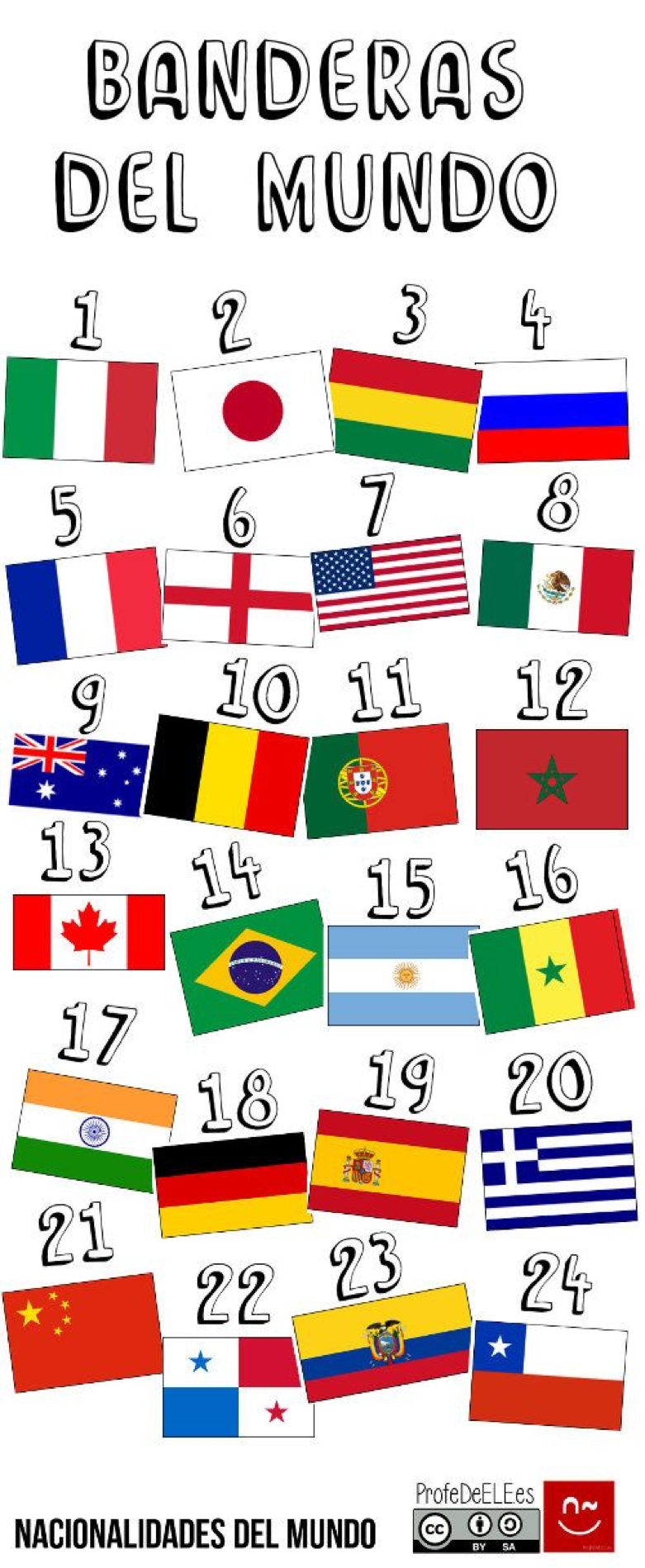
![]() Actividad 2-14. Nacionalidades escondidas (hidden).
Actividad 2-14. Nacionalidades escondidas (hidden).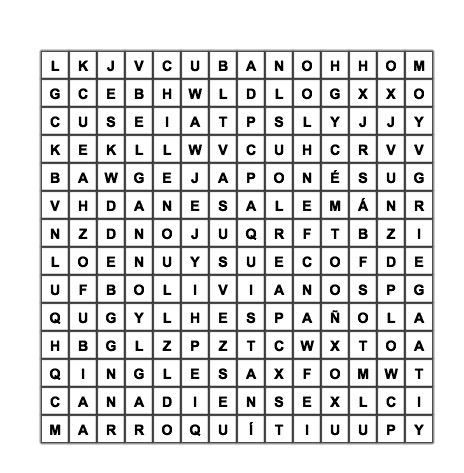
Click on the following button to continue using your new vocabulary.
Now it’s time to focus on more words and structures we can use to talk about our activities:
